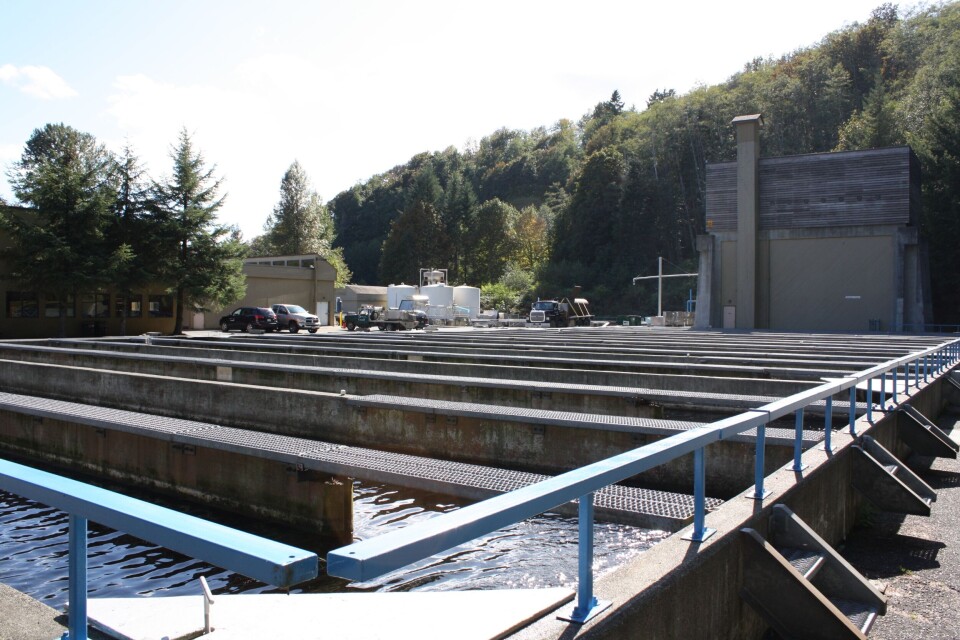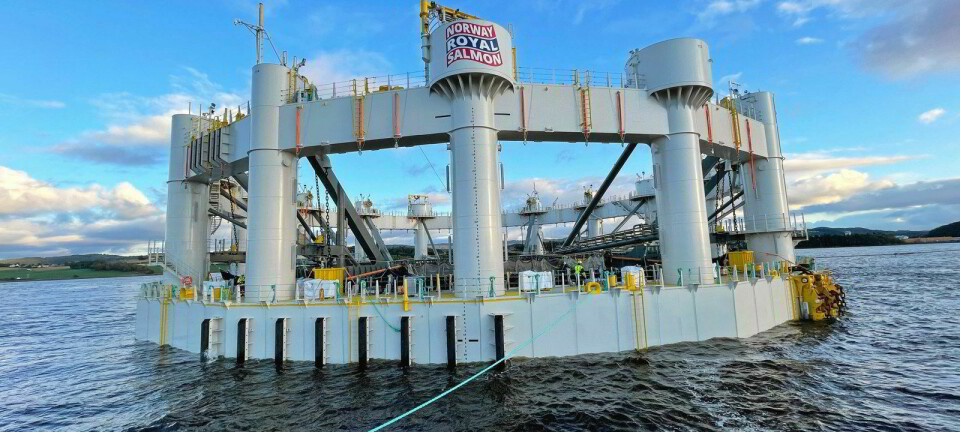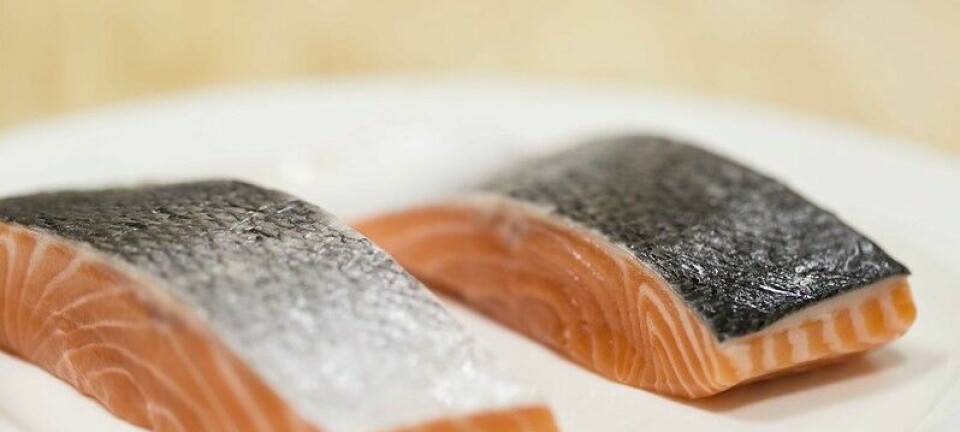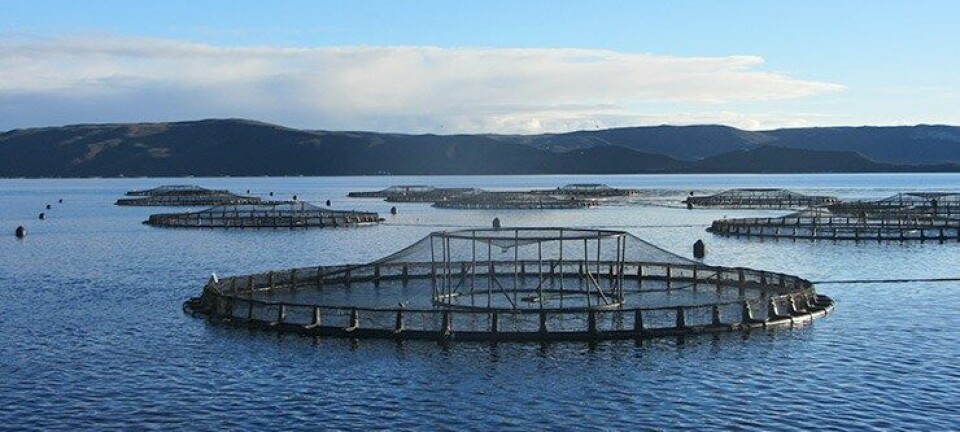
Geothermal heat can benefit aquaculture operations
Proponents of land-based fish farms often underestimate the cost of heating the ground water that such facilities rely on for the maintenance of a “disease-free” environment that will produce fish at an ideal temperature for maximum growth of their fish. In some places like the US State of Idaho- some water can be found that pumps out of the ground at a steady 28°C, while in most places in British Columbia, ground water that is over 10°C year-round is seldom found. Cheap sources of heat can sometimes be found at other, closely located industrial facilities, and the potential use of geothermal heat might be appropriate for some facilities, as Dr. John W. Lund will explain at this workshop.
According to an announcement by the Canadian Geothermal Energy Association (CanGEA), “Dr. Lund is the co-founder of the Geo-heat Center at the Oregon Institute of Technology, and the former president of the Geothermal Resources Council and the International Geothermal Association. He has published numerous papers on geothermal direct use including the “World-wide Direct Uses of Geothermal Energy” overview every five years”.
The announcement continues, with a description of an Aquaculture Project Case Study:
Geothermal energy taps into heat from deep in the earth and has a number of ancillary uses like heating buildings, greenhouses, aquaponics tanks and melting icy roads. Communities benefit from using geothermal heat by reducing heating costs, increasing production, and providing a clean, reliable source of power to their facilities.
As a proven and limitless resource, dozens of countries around the world understand the value proposition of geothermal direct use for local businesses. Industry, commercial enterprises, and responsible citizens all stand to benefit from access to a renewable supply of baseload heat.
Municipalities and communities: You can increase the potential for economic growth by utilizing the renewable resource under your town to provide costless heat to local businesses.
Entrepreneurs: What kind of business would you establish if you had 24/7 supply of renewable heat?
Developers: Have you ever tried to think of creative ways to improve your project’s economics and build strong relationships with the communities you operate in?
To address these opportunities, CanGEA welcomes the foremost authority on the subject of geothermal direct use to lead a 1-hour long presentation at the annual conference on March 27th, and the in-depth day-long Direct Use Applications and Opportunities Workshop on March 28th.
Case Study: “Gone Fishing” Aquaculture Project
Application Type: Aquaculture Location: Klamath Falls, Oregon
The aquaculture ponds are used to raise 85 varieties of tropical fish that originated from Lake Malawi. 250,000 fish are sold annually to tropical fish wholesalers.
Resource: A 460-foot deep well that pumps up to 300gpm of 210°F (~99°C) water is the primary geothermal heat source for the newer ponds. Older ponds are supplied heat from a cascaded source that originates from greenhouses at a separate facility.
Utilization: The composition of the water is similar to that of Lake Malawi’s and though it may be slightly more alkaline, an easy fix solution is to use diatomaceous earth as pond liner, which would reduce the pH to a more favorable level. The temperature of the geothermal water is much higher than what is required by the fish and so controlling the flow rate regulates the pond temperature.
Operating Costs: The total annual operating cost is approximately $9,000 (~€ 6,500) and this is largely associated with pumping costs. The farm estimates that by using geothermal heat energy, they avoid the use of 24 million kWh in electricity annually for a savings of $1,350,000 (~€ 0.97 million).
Though the “Gone Fishing” aquaculture operation faces some unique operational challenges, it appears to be an enterprise that has been successful in utilizing geothermal heat and has plans to expand from tropical fish to tilapia. The farm itself has cited the success of its operation to the readily available source of heat.






















































